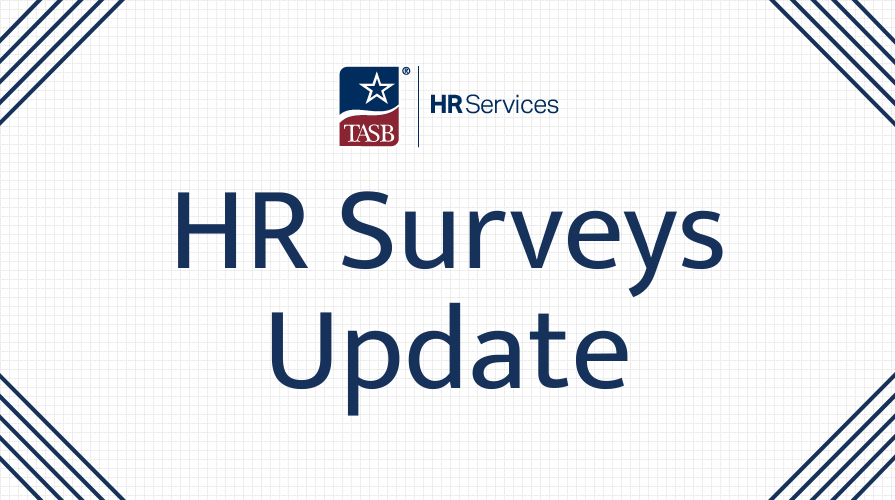Article
Educator Contract Renewal Process
School district staff working to prepare for contract renewals can use the details in this article to ensure best practices are in place and legal requirements are met.
Log In to Keep Reading
This information is exclusively for TASB members. Please log in to access the content.
Log in




